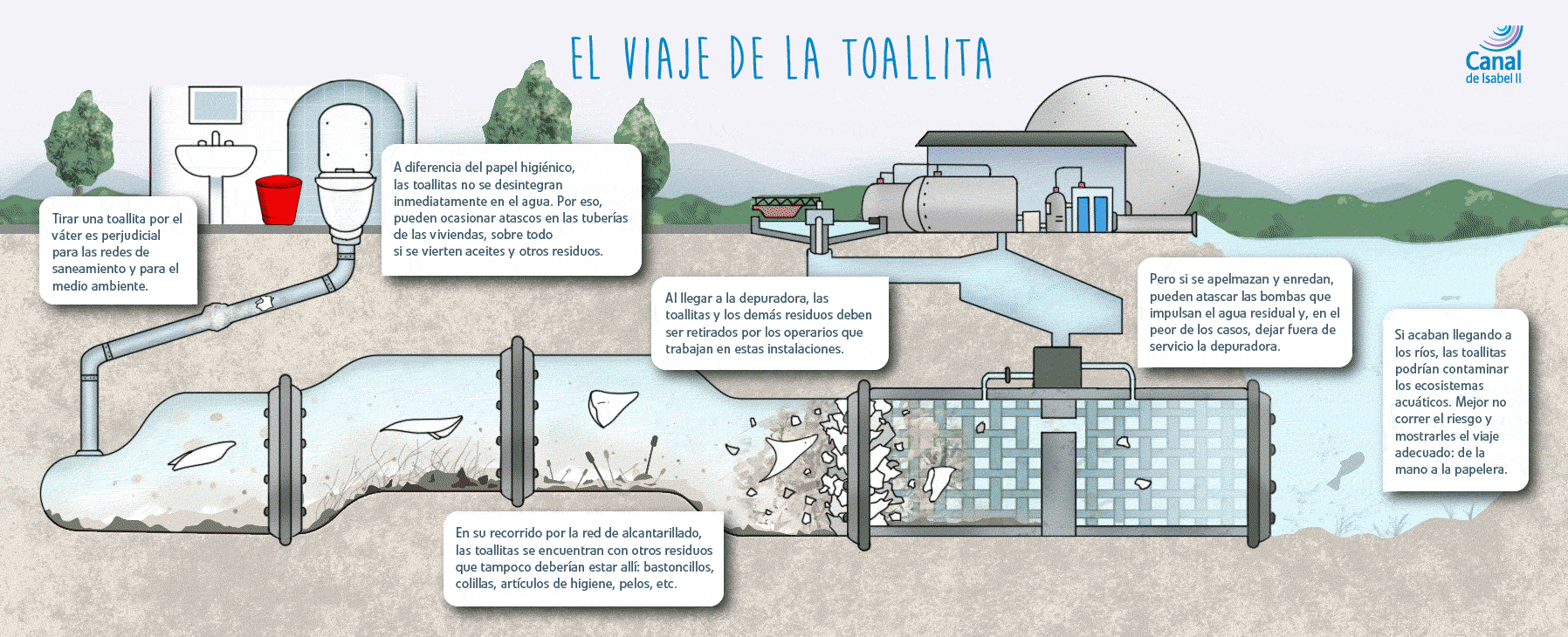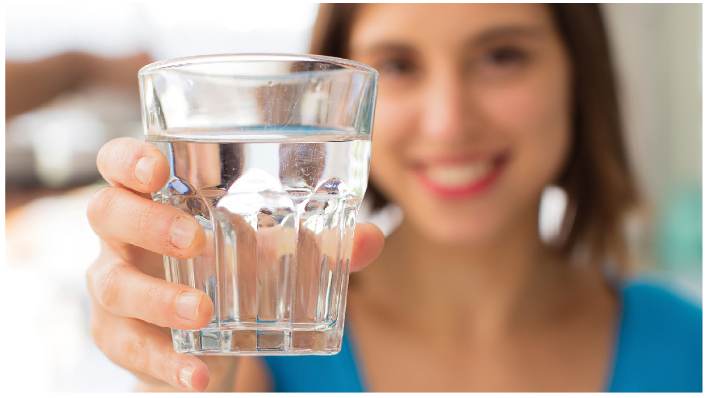
10 COMMITMENTS AS CLEAR AS MADRID'S WATER
As we want to speak to you clearly and offer you more solutions for your needs, we have taken another step in our relationship with you. We assume 10 commitments with which to continue providing you with a quality, fair and transparent service. 10 commitments as clear as the water of Madrid.
CANAL IN 60 SECONDS
The care of our rivers begins in thewaste water treatment plants and continues in our laboratory in Majadahonda, where we analyze the water that we return to the rivers. Julio Rodrigo explains what the analysis of treated waste water consists of and why it is so important for the environment.
COMMITED TO SUSTAINABILITY
In 2021, the year of our 170th anniversary, we promoted environmental care from all our activities. This year, we continue working to keep guaranteeing the water supply, contributing to the protection and improvement of the environment, the promotion of the circular economy and the sustainability of the region.
Consejos para el ahorro de agua
TAKE CARE OF WATER WITH ISABEL, FROM THE SECOND FLOOR
We have a new neighbor! She is Isabel, and she knows everything to take care of the water and the environment.
TAKE CARE OF WATER WITH ISABEL
We have a new neighbor! She is Isabel, and she knows everything to take care of the water and the environment.
YOU CAN RAIN
IT NEVER RAINS AS MUCH AS WE WOULD LIKE
Luckily, you can rain. All of us can rain. Do you want to know how? Every time you do those small gestures in your daily life to save water, it is actually raining.
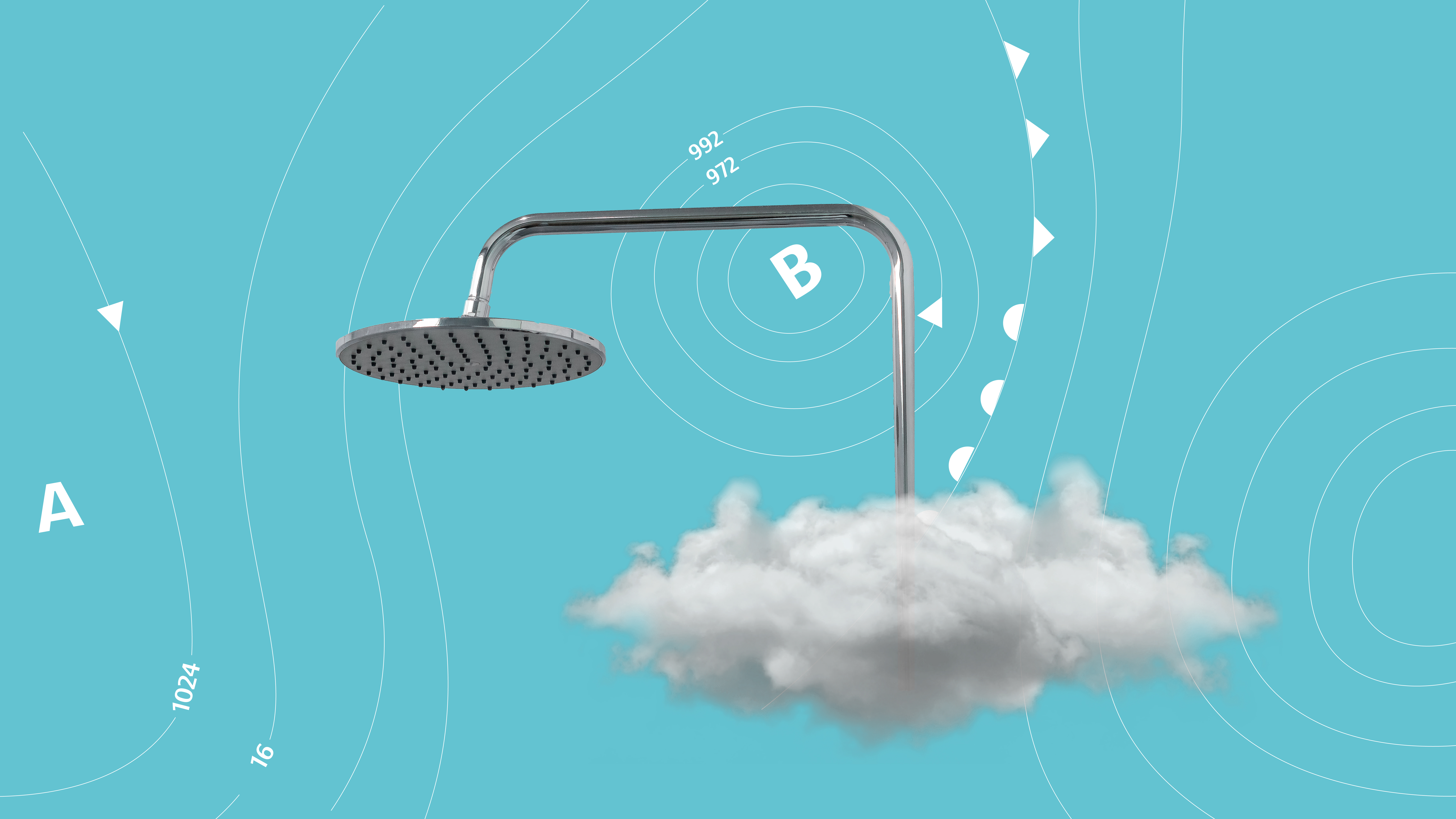
WHEN YOU SHOWER QUICKLY
It is much better to shower than to take a bath. And if your shower is fast, every drop you save is a storm in your bathroom.

WHEN YOU FILL THE WASHER AND THE DISHWASHER WELL
When you fill the dishwasher and washing machine to the maximum, it is raining. Because it is the most effective way to save water, and every drop you save is a drop of rain.
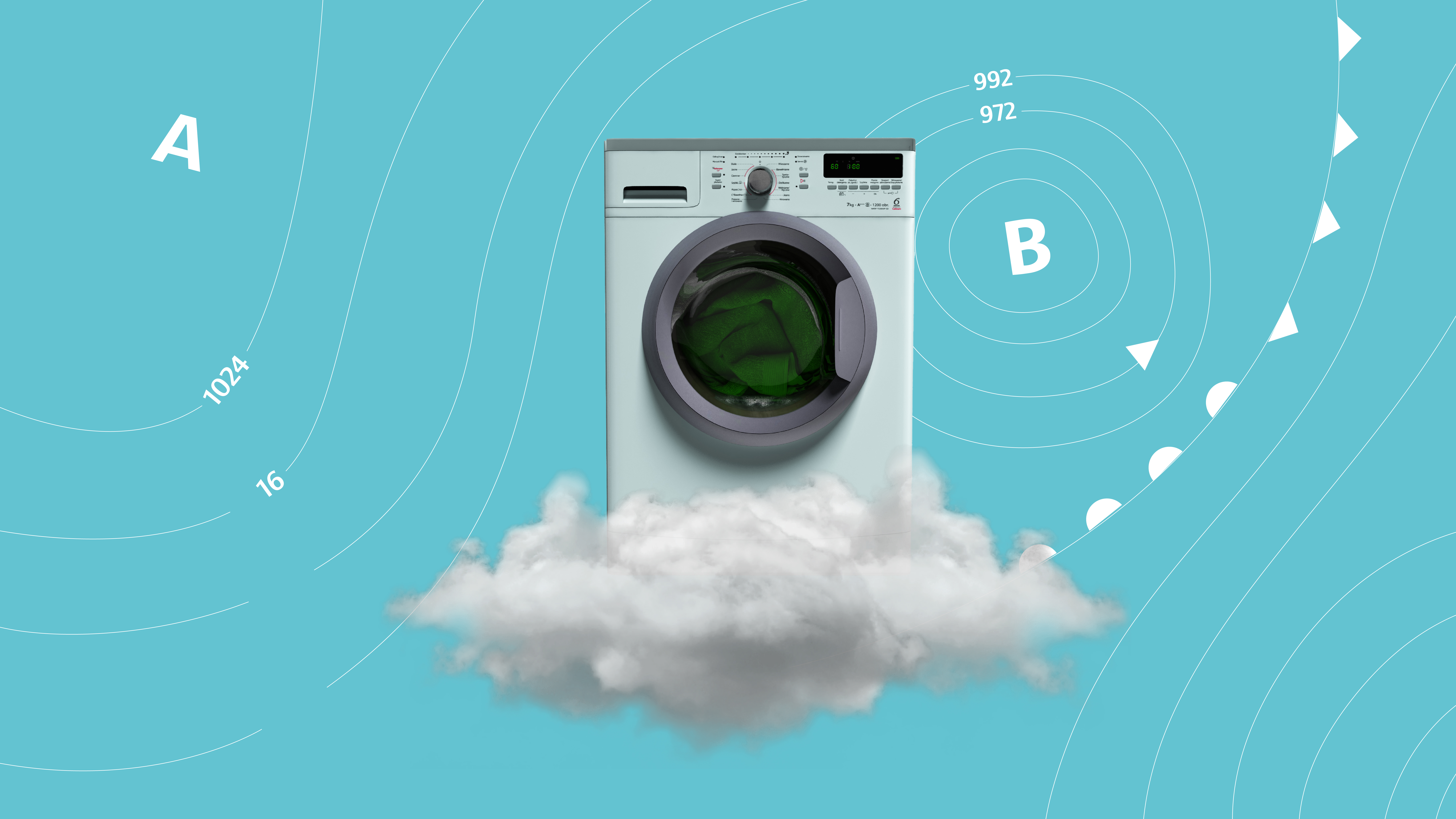
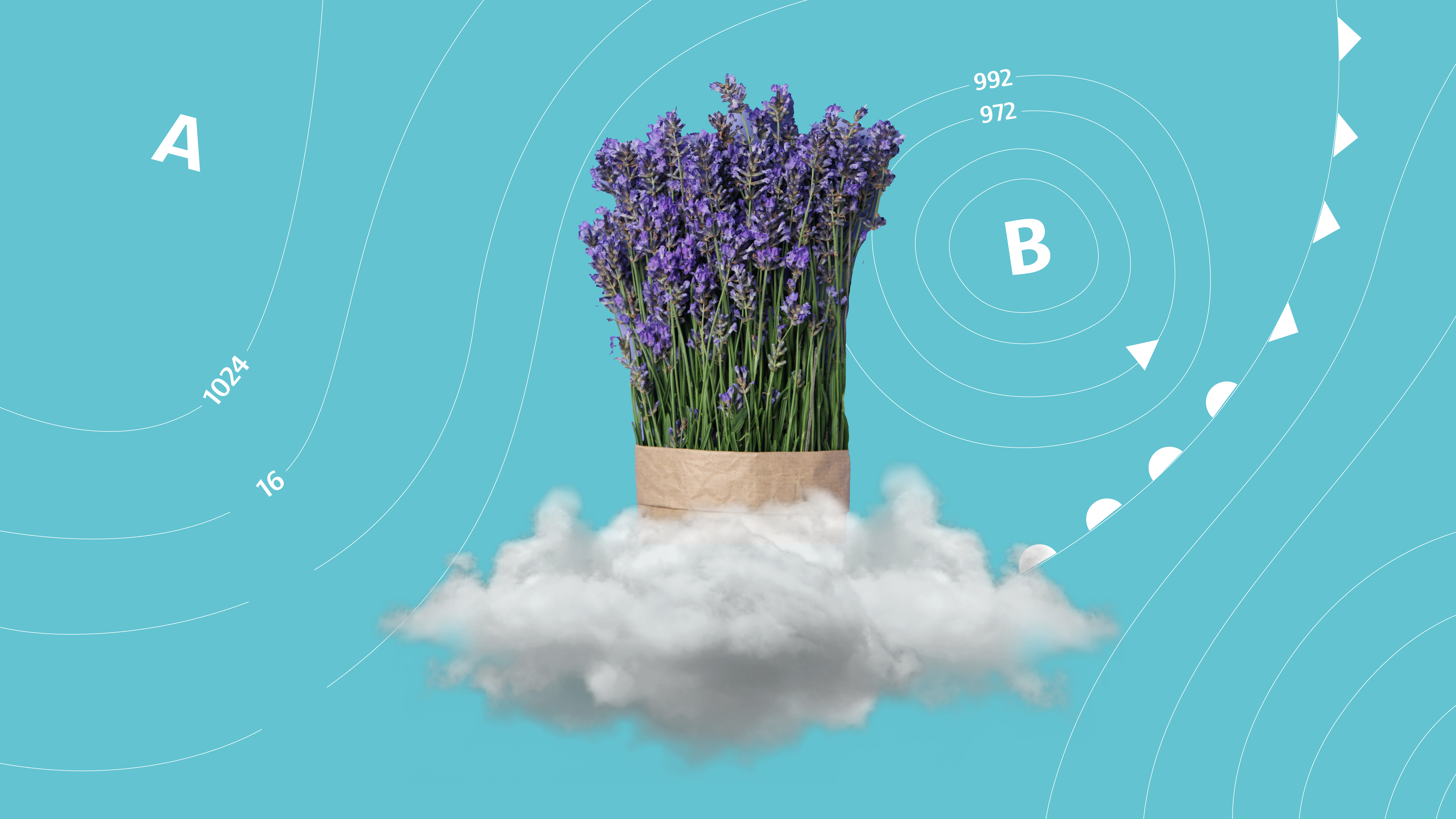
WHEN YOU INSTALL DRIP IRRIGATION OR PUT IN NATIVE PLANTS
Drop by drop, we can all rain a little more. Like when we install drip irrigation or put native plants that consume less water instead of grass.

WHEN YOU CLOSE THE FAUCET WHEN SOAPING
Whether you're doing the dishes, brushing your teeth or showering yourself, turning off the tap helps prevent a good downpour.
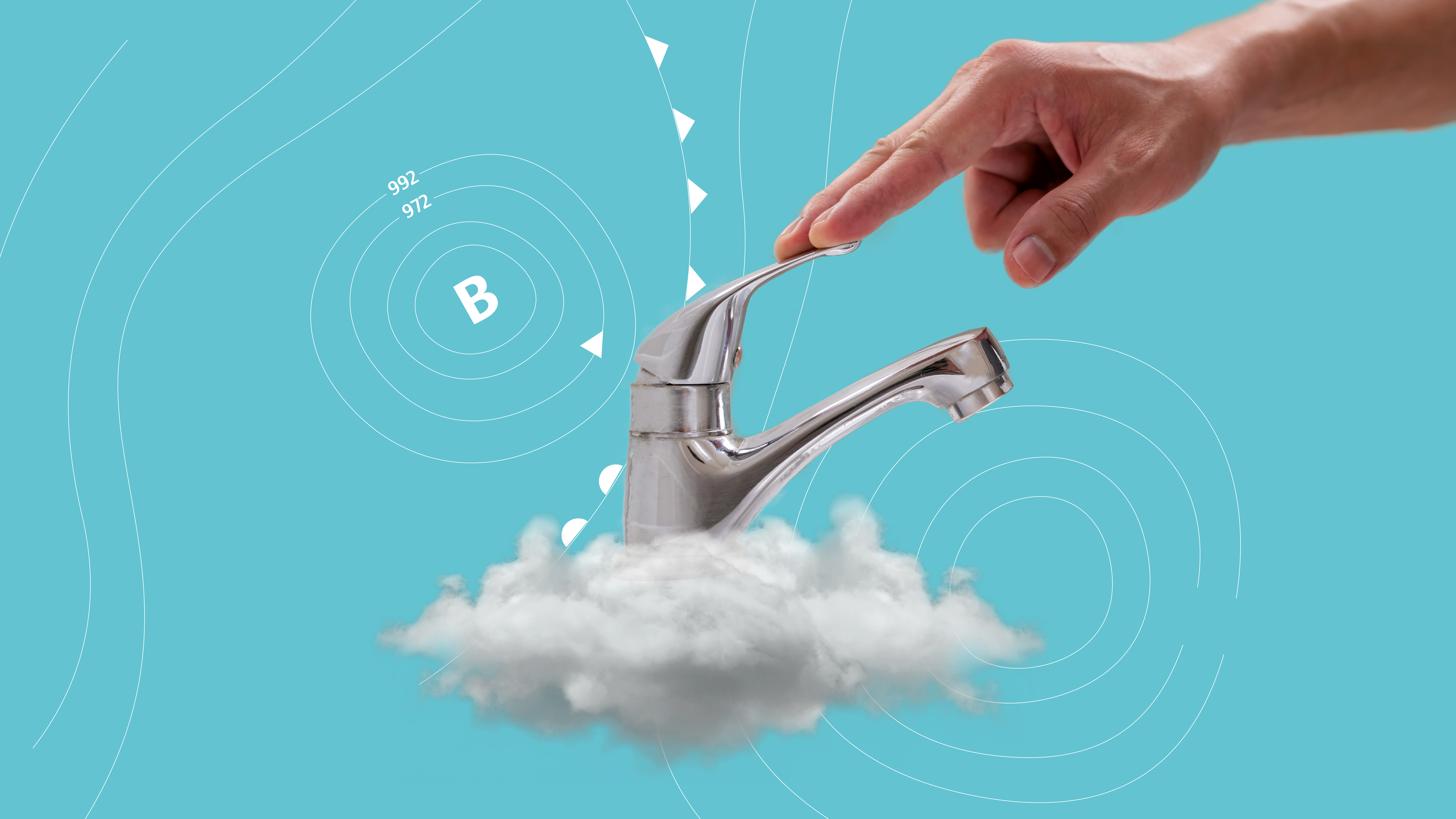
CHECK ALL OF THE TRICKS AND TIPS
Download this document and learn how to start raining
Take care of water!
Video tips
Reuse water from lunch
Remember to use the water left from lunch to water the plants.
Put a jug of water in the fridge
Remember no to let the water run from the tap. Put a jug of water in the fridge.
Don't use the toilet as a garbich bin
Remember not to use the toilet as a garbich bin. You'll save between 6 and 12 litres of water every time you flush.
Use the dishwasher when is full
Remember using the dishwasher only when is full. You'll save 73 litres of water.
Fix the taps that leak
Remember fixing the taps that leak. You'll save an average of 170 litres per month.
Shower instead of taking a bath
Remember to have a shower instead of a bath. You'll save up to 150 litres of water every time.
Use double load flush
Remember to use double load flush and use only the amount of water that you really need.
Close the tap while you brush your teeth
Remember to close the tap while you brush your teeth. You'll save up to 12 litres per minute.
Close slightly the water stopcock
Remember to close slightly the water stopcock. You won't really notice it and you'll save a great amount of water everyday.
DOMESTIC WASTE
WET WIPES ALWAYS IN THE BIN
Wipes have become a great threat to treatment plants and sanitation networks. Unlike what is indicated on some containers, they are not disposable, as their fabric is made up of synthetic fibers that cannot be disintegrated, leading to bottlenecks in the sanitation network. Thus, once used, throw the wipes in the trash bin.
Do you know why they should never be thrown to the WC?
- Because its composition is a mixture of synthetic fibers that cannot be disintegrated.
- Because they can cause blockages in the pipes of your home and in the sanitation networks. In the worst case, they can render the treatment plants inoperative.
- Because they are not biodegradable or disposable; At least not at all. If they do break down, they don't break down in the time it takes to get to the waste water treatment stations.
- Because they can cause significant environmental damage, especially in aquatic ecosystems, if they end up reaching rivers.
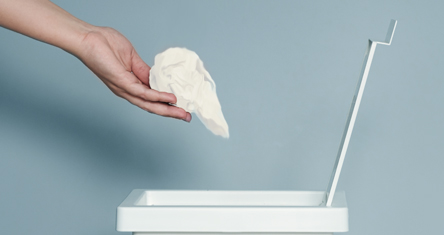
STRIPS, STICKS, COMPRESSES, MASKS...ALSO TO THE BIN
Sadly, it's not just about wet wipes. There are many other waste that irresponsibly ends up in the toilet, instead of doing it in the bin or garbage bin: plasters, compresses, cottons, masks, condoms or cotton swabs are just some examples. The accumulation of all of them in the treatment plants, from where they have to be removed, ends up generating a mass of unpleasant and environmentally damaging waste.
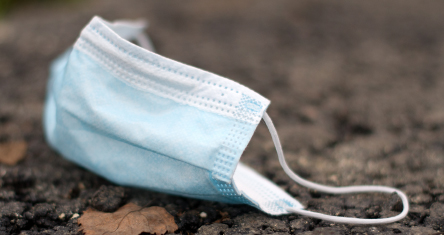
EASY GUIDE TO LOOKING AFTER OUR RIVERS
Every day a multitude of solid waste arrives at our WWTP, which can clog the pipes or even render these treatment plants inoperative, which entails a risk to the environment. Preventing it is up to us.
Download guide (Spanish)
What is the water footprint?
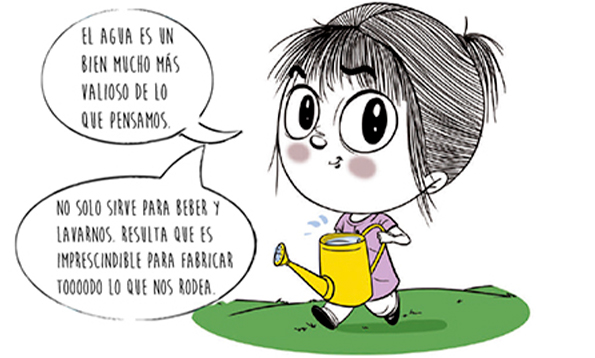
The water is not only used to drink and wash, but it is also essential to manufacture everything that surrounds us. By producing any food or product we leave a mark on the planet we call "water footprint".
Learn with "Matilda and her magic sprinkler" everything that water is capable of doing for us. It depends on us whether our footprint is greater or lesser.

Download comic
Apples water footprint
Water is necessary in the production of all food. But have you ever thought how much water is used to obtain each of them? An apple, for example, needs 125 liters of water.
Check the water footprint of some other foods in our diet.
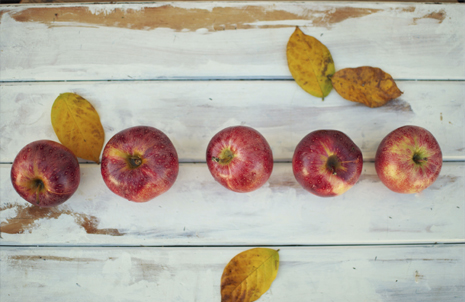

Jeans water footprint

A simple potato, a pair of trousers, a mobile phone, a computer ... everything needs water for its manufacture, that's why we must take care of it and make responsible use of it.
Discover what is the level of consumption essential for the production of these accessories and textile products.

Find out more
Paper water footprint
Making a sheet of paper would be impossible if 10 liters of water had not been used in its manufacture. Can you imagine how many liters of water are needed to produce a notebook or a book?
Discover other data on the water footprint in other utensils and objects.
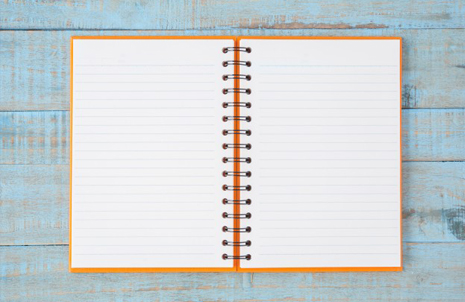


10 COMMITMENTS AS CLEAR AS MADRID'S WATER
As we want to speak to you clearly and offer you more solutions for your needs, we have taken another step in our relationship with you. We assume 10 commitments with which to continue providing you with a quality, fair and transparent service. 10 commitments as clear as the water of Madrid.
CANAL IN 60 SECONDS
The care of our rivers begins in thewaste water treatment plants and continues in our laboratory in Majadahonda, where we analyze the water that we return to the rivers. Julio Rodrigo explains what the analysis of treated waste water consists of and why it is so important for the environment.
COMMITED TO SUSTAINABILITY
In 2021, the year of our 170th anniversary, we promoted environmental care from all our activities. This year, we continue working to keep guaranteeing the water supply, contributing to the protection and improvement of the environment, the promotion of the circular economy and the sustainability of the region.




